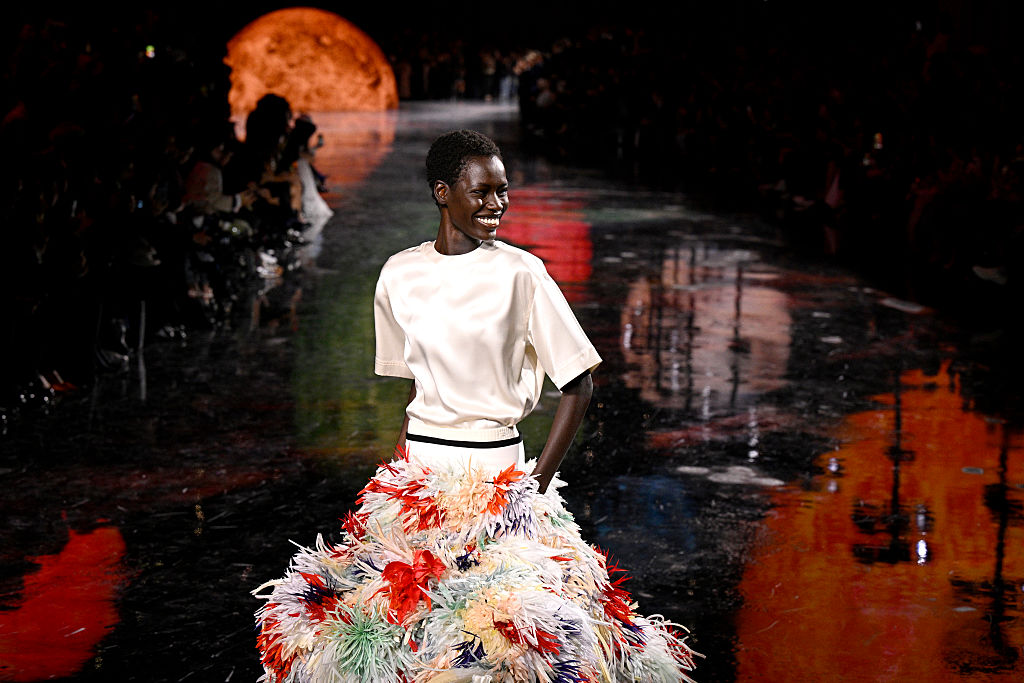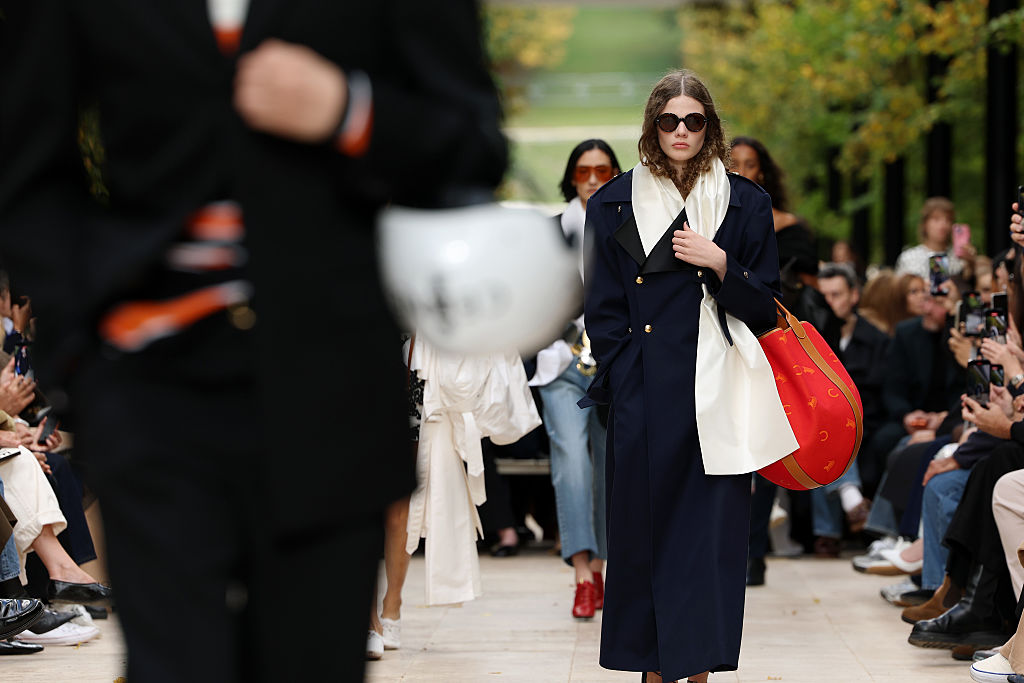
Fifteen designer debuts in one season. It should have been fashion’s long-awaited reset; a moment for the industry to reflect, renew, and reimagine itself. Instead, as the lights came up in Milan and Paris, what promised to be a revolution felt more like a reshuffle. The great fashion “reset” became a polite rotation of power.
On paper, the season looked seismic: Matthieu Blazy at Chanel, Jonathan Anderson at Dior, Louise Trotter at Bottega Veneta, Pierpaolo Piccioli at Balenciaga, Duran Lantink at Jean Paul Gaultier—it was a rotation that could have rewritten fashion’s future. In reality, the system simply rebooted itself. It’s efficient, global, and profitable. But greatness demands conviction, and the belief that aesthetics can still hold moral weight.
Too many designers no longer design against the system—they design to survive it. Yohji Yamamoto, ever the contrarian, said it best in an interview with Business of Fashion: “Fashion has become a joke. It’s all about money.” He isn’t wrong.
Still, there were flickers of hope and spirit. Matthieu Blazy’s Chanel hit different. Amid the spectacle—inflated planets, celestial light—came something refreshingly human. A white satin dress, knotted at the hip, glided through the Grand Palais: a reminder that fashion can still take your breath away without a hashtag in sight. What he did was offer the first genuine post-Instagram clothes: sinewy silhouettes in Pina Colada feather, wheat field embroideries, crocheted tweed! Fil coupe tweed! Raffia tweed! Caviar beading tweed! Those caught the light in motion, not in a photo grid. He focused on materials, movement, and ease, reconnecting with the fluid sensuality that once defined the house. It was quietly radical: beautiful without trying too hard to be viral (even though it definitely was).
Jonathan Anderson’s first women’s collection for Dior felt like modern armour—jeans, capes, freaky shoes—all charged with intellect and irony. There were some pieces I adored, like the first bouncy dress with bows. Some I thought, why? However, I believe he managed to inject a little danger back into Dior, even if it occasionally veered into costume territory. At least he’s thinking (and full of new ideas!). That’s already rare currency.
Elsewhere, Michael Rider’s Celine emerged as one of the season’s most honest voices. Full disclosure: I didn’t get an invitation to the show. But from what I saw, I really did enjoy it. Rider’s vision of modern dressing had a kind of bourgeois cool that felt newly aspirational: mini dresses with dumpy slides, gowns with gloves, leather jackets with perfect trousers. It’s upper-class fantasy, sure, but in a world where that lifestyle feels increasingly out of reach, it also feels exotic.

Fellow Americans Jack McCollough and Lazaro Hernandez’s debut at Loewe focused on continuity—keeping the house’s craftsmanship front and centre, but with a touch of American sportswear ease. Louise Trotter at Bottega Veneta took a similar approach, refining what already works and letting emotion come through in the clothes themselves. None of the three were out to reinvent the wheel, but why fix what isn’t broken? It was a smooth, confident transition of power built on consistency and conviction.
Other polarising collections? Pierpaolo Piccioli’s Balenciaga reworked Cristóbal’s sculptural grandeur through Demna’s irony. Michele’s Valentino sermonised fascism and Pasolini, only to show sheer dresses and pencil skirts. And Duran Lantink’s provocative outing left me thinking again, why?
It got me thinking that even the season’s most promising voices couldn’t escape the gravitational pull of house codes—reinterpreting instead of reinventing.
After all, the “great reset” didn’t feel particularly creative—it was ideological. Beneath all the beauty, fashion remembered who pays the bills, and what that loyalty costs. The result: a parade of collections that spoke less to the real world and more to the echo chamber of the industry itself.
And maybe that’s fashion’s current paradox. The clothes are priced beyond most people’s reach, yet the brands fill their front rows with celebrities, begging for attention. What are they offering in return, if not relevance or affordability?
Will fashion ever be great again? Well, I am waiting for its conviction to catch up next season.
READ MORE
Play Dress Up And Shop Demna’s First Gucci Collection At Marina Bay Sands
